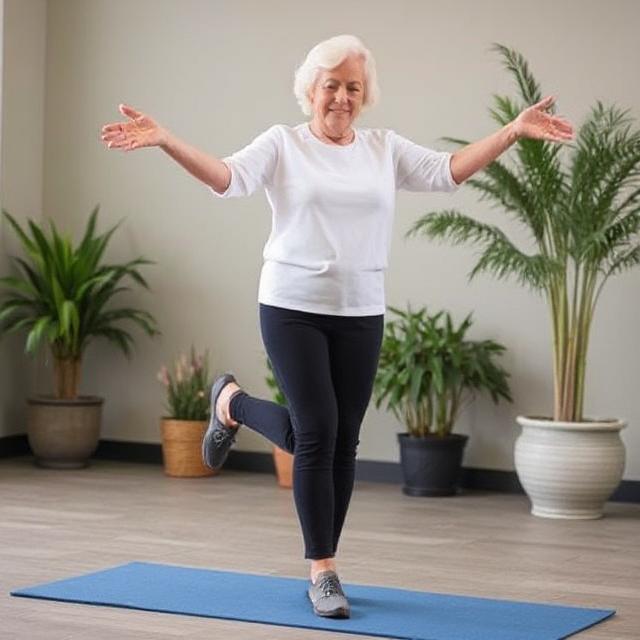Maintaining good balance as we age is essential for preventing falls, staying active, and enjoying a high quality of life. After 50, changes in muscle strength, joint flexibility, and sensory function can affect your stability, making balance exercises more important than ever. Fortunately, there are simple and effective ways to improve your balance that don’t require a gym membership or complicated equipment. Incorporating these easy techniques into your daily routine can enhance coordination, build strength, and increase confidence in movement. Here are six practical methods to help you boost your balance safely and effectively as you age.
1. Practice Single-Leg Stands Regularly
One of the simplest yet most effective exercises to improve balance is the single-leg stand. To do this, stand near a sturdy surface like a chair or countertop for support if needed. Lift one foot off the ground, keeping your weight centered on the other leg. Try to hold this position for 10 to 30 seconds, gradually increasing the time as your balance improves. Repeat on the other leg. This exercise strengthens the muscles in your legs and core while challenging your proprioception—your body’s ability to sense its position in space. Practicing single-leg stands daily helps you develop better control and reduces the risk of falls in everyday activities such as walking or climbing stairs.
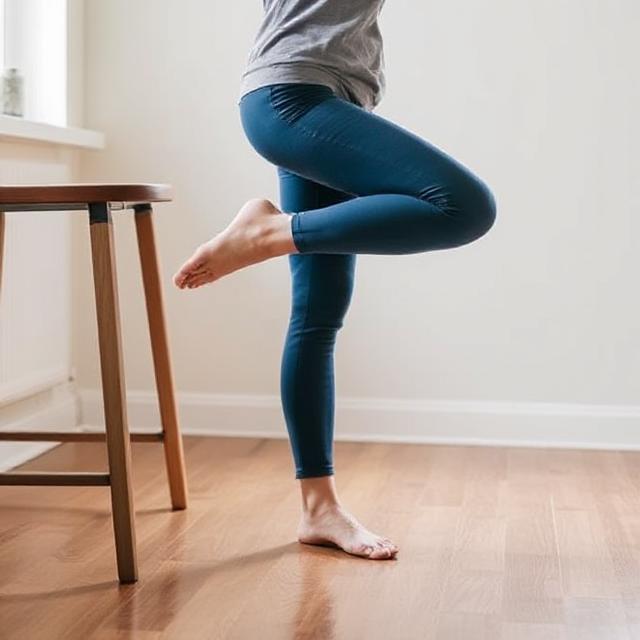
2. Incorporate Tai Chi or Yoga into Your Routine
Tai Chi and yoga are gentle mind-body practices that focus on slow, controlled movements, breathing, and body awareness—all of which contribute to enhanced balance. Tai Chi, often described as “meditation in motion,” uses flowing sequences of movements that improve strength, flexibility, and postural control. Yoga incorporates poses that challenge your stability, engage core muscles, and increase flexibility. Both practices help improve coordination and calm the nervous system, reducing anxiety that can affect physical stability. Additionally, many community centers and fitness studios offer classes tailored specifically for adults over 50, making it easy to find beginner-friendly options. Regular practice can improve balance while providing stress relief and overall well-being.
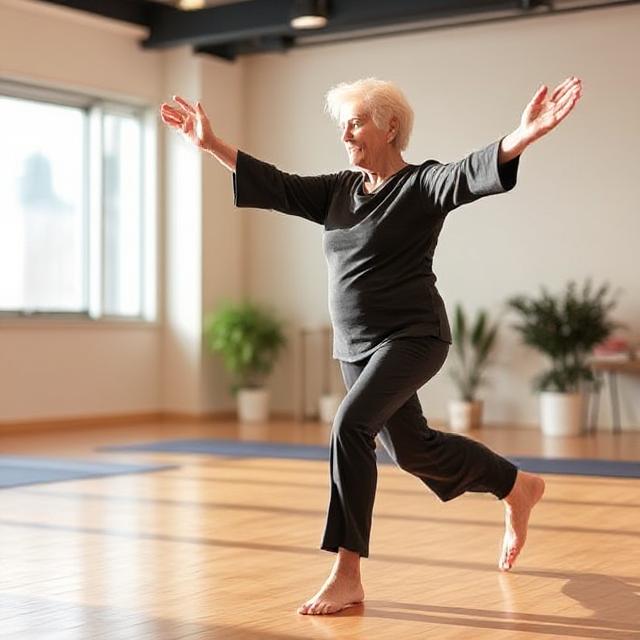
3. Strengthen Your Core Muscles
Your core—the muscles around your abdomen, lower back, and pelvis—is the foundation of your balance and stability. Strengthening these muscles enhances your ability to maintain proper posture and control your movements. Simple core exercises such as planks, pelvic tilts, and seated leg lifts can be done at home without equipment. Engaging your core while performing everyday tasks like standing, walking, or reaching helps prevent falls and improves your overall movement efficiency. Consistently working on core strength can make a significant difference in your balance, especially when combined with leg and ankle exercises.
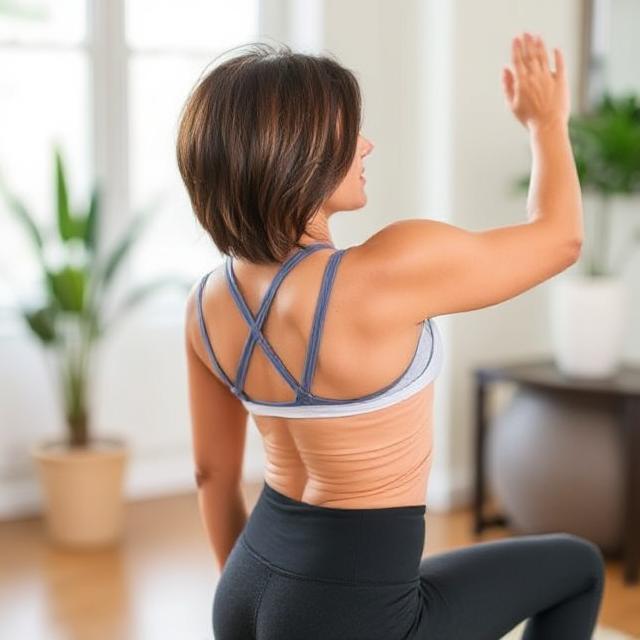
4. Improve Ankle Flexibility and Strength
Ankles play a crucial role in balance by allowing you to make small adjustments when walking or standing on uneven surfaces. To improve ankle strength and flexibility, try exercises like ankle circles, heel raises, and toe taps. Standing heel raises involve lifting your heels off the ground while balancing on your toes, which strengthens the calf muscles and improves ankle stability. Toe taps can be done seated or standing and involve tapping your toes up and down to increase ankle mobility. Performing these exercises regularly helps you respond better to changes in terrain and prevents the common “giving way” sensation that can lead to falls.
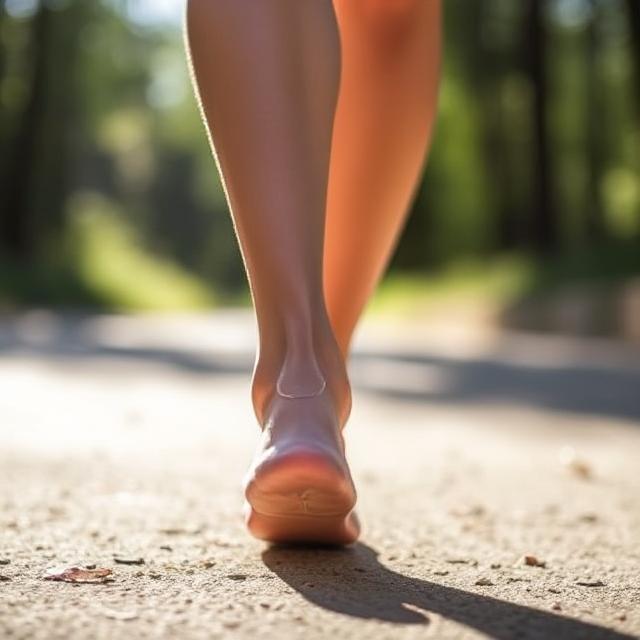
5. Use Balance-Enhancing Tool
Incorporating balance tools into your exercise routine can add a fun and effective challenge. Items like balance boards, wobble cushions, or foam pads create an unstable surface that forces your body to engage more muscles to maintain stability. Starting with short sessions and holding onto a support for safety, you can gradually increase the difficulty as you become more confident. These tools not only improve physical balance but also enhance proprioception and reflexes. They can easily be used at home or in fitness classes designed for older adults. Always consult a healthcare professional before starting new exercises if you have any health concerns.

6. Walk Mindfully on Different Surfaces
Walking is one of the best natural ways to improve balance, especially when done mindfully on varied terrains. Try walking barefoot on grass, sand, or gravel to stimulate the muscles in your feet and ankles. Being barefoot increases sensory feedback from your soles, helping your body better adjust to uneven surfaces. Walking on different terrains challenges your balance and coordination, training your muscles and nervous system to adapt. Incorporate mindful walking by focusing on your posture, stride, and breathing, making the activity both physical and meditative. This simple daily habit can significantly improve your balance and prevent falls.
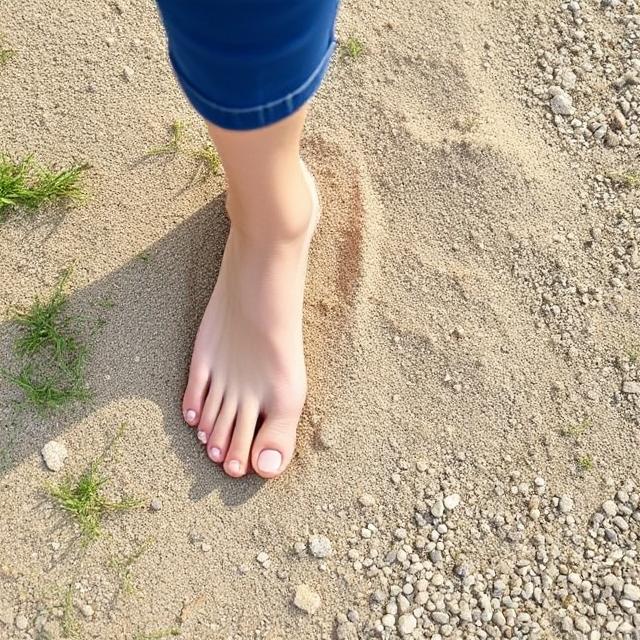
Boosting your balance after 50 is essential for maintaining independence, preventing falls, and enjoying an active lifestyle. By incorporating simple exercises like single-leg stands, strengthening your core and ankles, and practicing mindful walking on varied surfaces, you can significantly improve your stability and coordination. Mind-body practices such as Tai Chi and yoga further enhance balance by promoting flexibility, muscle strength, and body awareness. Additionally, using balance-enhancing tools adds an engaging challenge that trains your reflexes and proprioception. The key is consistency—regularly practicing these techniques will build confidence in your movements and help you navigate daily activities safely. Embracing these easy and effective ways to boost your balance empowers you to stay strong, steady, and independent well into your later years. Start today and take control of your balance for a healthier, more vibrant tomorrow.


